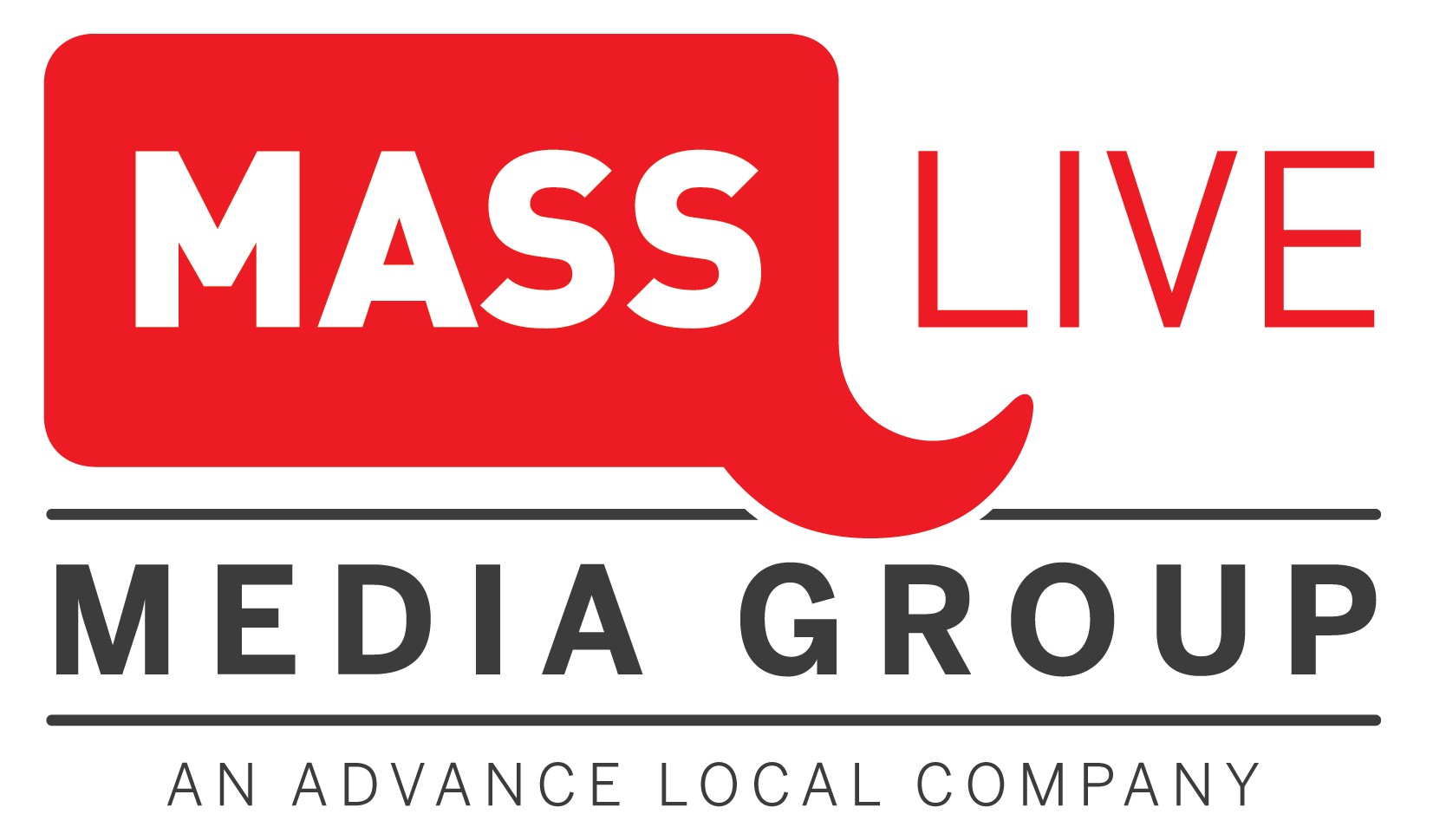According to the Business Dictionary, an advertisement is a paid, public communication about causes, goods and services, ideas, organizations, people, and places, through means such as direct mail, telephone, print, radio, television, and internet. Advertising is an essential, informative, and persuasive sector in marketing. You want your advertisement to stand out and capture the attention of potential customers who view it. However, beginning ad design can be a stressful and tasking process for many.
What You Need to Know When You Begin
Marketers and advertisers alike recommend starting with a SWOT analysis of the company. This stands for strengths, weaknesses, opportunities, and threats. Furthermore, you can use this tactic to analyze assets to focus on, competition, and where growth can happen. You begin to ask, “what weaknesses can we fix to become strengths and opportunities?”. “What can we do to defuse or counteract threats?”. From here, objectives for moving forward become evident.
Know Your Audience
With personalization becoming necessary, and data attainability soaring, research is key in successful advertisements. Your campaign needs to be rooted in research. Know the market trends, your company’s position, the competition and their position, forecasts, and how to be unique against your competitors.
While studying, you will determine your target audience. Research them, too. Know their habits, their likes, their dislikes, and important demographics. Some of the most important demographics include, but are not limited to, gender, race, age, income, education, marital status, employment status, and location. Set the demographics you wish to reach depending on your goals and focus on that specific segment. Moreover, aim to alter the potential customers’ thinking patterns so that they buy your product or service. Be specific and personal. For example, if you sell dog food, you certainly want to focus in on people who own dogs.
Putting Your Plan into Action
Choose where you want to place your ads. Options include social media, emails, on websites, blogs, and billboards. Demographics can help you decide on this as well. Nevertheless, you also need to design your ad still. Brainstorm to generate fresh, unique ideas. Remember your research and target audience. This will help put together a large selection of words and phrases from which you can choose later.
Designing Your Ad
You are now ready to design your ad. You have the fundamentals, and now you can let your creativity take over. There are many online platforms to aid in different ad designs, but sometimes sketching on paper can be a great start. Every ad will have its own colors, layout, and factors that target the right people. However, it is wise to include a call to action. This ensures that your audience is presented with the idea of making the next move.
By the way, don’t worry if you still are worried about ad design. We got you.



 Ad Choices
Ad Choices